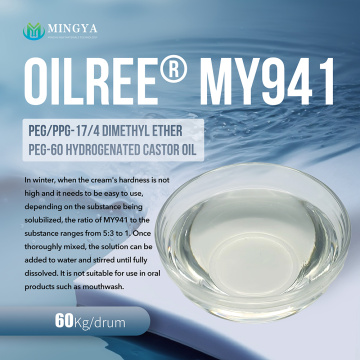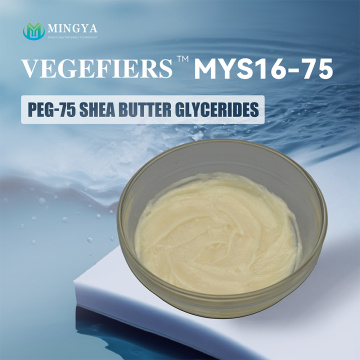Cetaryl alcohol and Sodium lauryl sulfate CAS NO 246159 33 1 or 151 21 3
OSMFACT ® MY CASD is Cetearyl Alcohol and Sodium Lauryl Sulfate, designed specifically for stabilizing oil in water emulsions and improving the texture of skin and hair formula products. Its granular form facilitates easy addition during the production process and ensures reproducibility between batches. After dispersing in an aqueous system, it will form a uniform layered structure, enhance formula stability, and give the product consistent viscosity and smooth appearance. At the same time, it can also enhance the skin feeling experience, make lotion and face cream appear delicate, soft and waxy texture, and reduce the tightness or mud rubbing phenomenon that often occurs after use.
From a formulation perspective, the effect of MY CASD is due to the synergistic effect between the fatty alcohol phase and the anionic surfactant. Cetearyl alcohol helps to form a coherent network structure, wraps oil droplets to improve the integrity of the emulsion, and sodium lauryl sulfate promotes uniform dispersion and helps to form a dense and stable interfacial facial mask. This dual action mechanism can minimize agglomeration and delamination issues even under pressure conditions such as heating or long-term storage.
In the cosmetics system, MY CASD achieves a flexible balance between cleaning and conditioning. It can not only meet the mildness required by facial and body care products, but also maintain effective foam stability and washability in cleaning products. When used in hair formula, it can enhance combing and provide a soft and smooth skin feel after care, without affecting product transparency. This system works better when used in combination with cationic conditioners such as
Behentrimonium chloride, which can further enhance film-forming performance and improve skin feel.
OSMFACT® MY CASD is especially recommended for emulsions, face cream and cleaning substrates that require both structural stability and warmth. The optimized proportion of hydrophilic and oleophilic components allows it to be flexibly applied in both rinse off and leave on formulations, with a typical addition amount of 1% -5%. In addition to improving stability and spreadability, it also serves as an auxiliary
Emulsifier and texture modifier, simplifying the formula development process. For formulators who pursue stable results and meet clean label requirements, it is an efficient and practical choice.





































